When it comes to the Shiba Inu, I believe most people have heard that it is “difficult to keep”, “has a poor personality”, “difficult to teach”, etc. In fact, it is because the Shiba Inu is very “independent” and even “confident” and “stubborn”. In fact, Shiba Inu is often compared to a “cat” in the dog world because they are very “independent” and even have “self-confidence” and “stubbornness” in their personality.
Why do many people want to get a Shiba Inu even though they have heard this before? Why do you see Shiba Inu everywhere on the road? In this 10-minute article, we will share with you, the potential Shiba Inu owner, the cute “physical characteristics” of Shiba Inu, the relevant “adoption information”, the unique “personality analysis”, as well as the important points to note and “care” for Shiba Inu owners in the future.
Physical Characteristics of Shiba Inu, Adorable and Charming
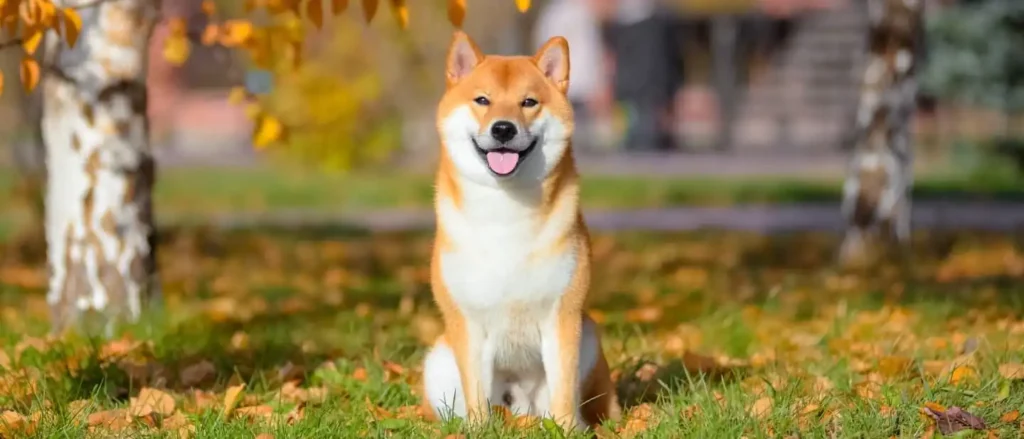
The Shiba Inu is an ancient Japanese “small dog breed” that was once used as a hunter for hunting, despite its small size and muscularity. Nowadays, Shiba Inu, with its charming appearance and affectionate eyes, is one of the top companion dogs in Japan and a very popular breed in Taiwan!
Head and Face
The Shiba Inu has a uniquely graceful triangular shape, with a slightly raised skull that gives it an elegant appearance, and triangular eyes that are black, deep and bright. The mouth is usually slightly upturned in a cute “smile” expression.
Ears
The ears of this dog are small and erect, resembling “little triangular flags”, adding to their cuteness. Their ears are sensitive to the sounds around them, reflecting the Shiba Inu’s natural “alertness”.
Tail
The Shiba Inu’s tail is very distinctive, usually “curled” over the back, and is one of their most striking features.
Size, Weight, Height
The Shiba Inu is a “small breed” with an elegant and well-defined body structure, weighing between 7.7 and 10.4 kilograms and standing between 33 and 43 centimeters tall.
Overall, the Shiba Inu has a cute and attractive appearance, with its triangular head, playful ears, curly tail and smooth body lines, making it a very distinctive and attractive small to medium-sized breed that is loved by many owners.
Red Shiba? White Shiba? Black Shiba? Hemp Shiba? The last color of the Shiba Inu is extremely rare!
Shiba Inu colors are: red (reddish-brown), black, white, and sombrero, and they are called “Red Shiba”, “Black Shiba”, “White Shiba”, and “Sombrero Shiba”, with “Red Shiba (reddish-brown)” taking up the largest proportion of the population, and it is also quite common in Taiwan.
Red Shiba
Reddish-brown is the most “common” coat color of the Shiba Inu. This red color can appear in many different variations, including light, medium and dark red.
The reddish-brown color is usually rich and full-bodied, giving the Shiba a “lively” and “energetic” look.
Black and Tan
The Shiba Inu can also be a combination of black and reddish-brown, with the main color of the coat being black and the face and belly being white. The reddish-brown color appears above the eyes, on the cheeks, on the limbs, and on the tail.
This coat color makes the Shiba Inu look more versatile, and the black spots add a sense of mystery.
White Shiba
The White Shiba stands out with its pure “white” coat, often with a light russet coloring on the ears and back, which contrasts with the darker eyes and nose, making it even more eye-catching.
Sesame
The Sesame is a unique blend of red, white, and black coat colors. The Sesame has a light underbelly with black “spots” or “stripes”.
It is usually found on the entire body, especially on the back, tail and around the ears. This is a very “rare” and distinctive coat color, and is therefore relatively expensive.
What is the average life expectancy of a Shiba Inu?
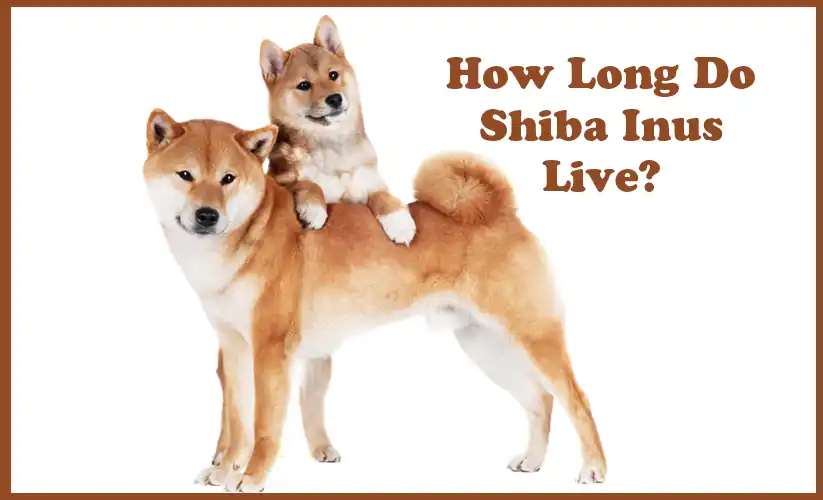
The life expectancy of the Shiba Inu is usually between 13 and 16 years, which is comparable to the life expectancy of other dog breeds.
The life expectancy of a dog is affected by a number of factors, including genetics, nutrition, diet, exercise, living environment, and the availability of medical care.
Genetics: The Shiba Inu’s “genes” have a definite impact on its lifespan, and proper breeding and selection of healthy breeding is very important to ensure a healthy Shiba Inu.
Nutritional Diet: Providing Shiba Inu with a balanced “nutritious diet”, controlling food intake, and proper “weight management” are important factors in ensuring the longevity of the Shiba Inu, as excessive obesity will shorten a dog’s life.
Proper Exercise: Shiba Inu is an active breed and needs enough “exercise” and “stimulation” to avoid stress and anxiety and maintain a healthy physical and mental state.
Living Environment: Providing a pleasant and stress-free living environment with positive socialization and psychological stimulation is important to the Shiba Inu’s happiness and longevity.
Regular Medical Care: Regular veterinary checkups, vaccinations, and preventative health care measures help ensure the health of the Shiba Inu and allow potential health problems to be dealt with immediately.
What is the IQ of Shiba Inu? How low is it ranked?
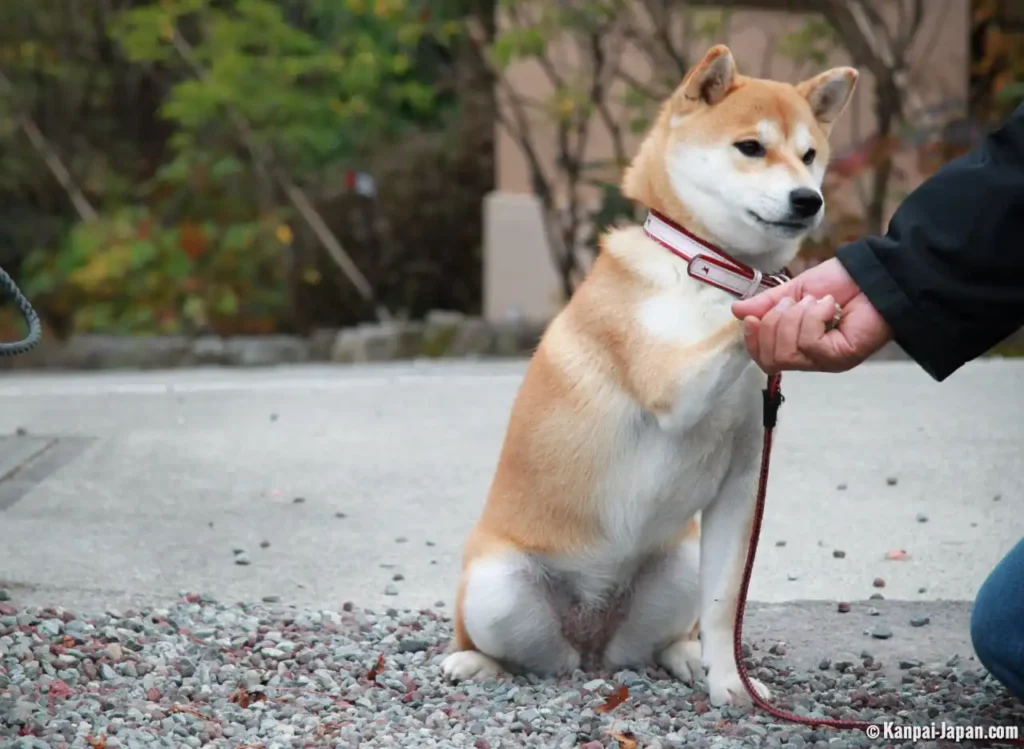
Shiba Inu’s IQ is equivalent to that of a toddler, and they are usually categorized as “medium” in the dog category.
While Shiba Inu’s IQ may not be as “teachable” as some other breeds, it’s possible that they just don’t listen to what you say!
Therefore, Shiba Inu owners usually need more patience and positive training with encouragement and rewards to learn and execute commands smoothly and become good family pets and working dogs.
The Shiba Inu may have a medium IQ among dog breeds, but that doesn’t mean they are not intelligent or suitable for breeding! With the right training, the Shiba Inu’s “loyal” and “playful” personality makes it a great companion dog.
Are Shiba Inus really bad at personality? In fact, they have “too much personality”!
“Independence, alertness and loyalty” are synonymous with Shiba Inu, but occasionally ‘too much personality’ can be a headache for owners.
As long as owners know more about the Shiba Inu’s personality and give them some socialization training, they can still successfully teach them, and it’s not as serious as people make it out to be.
Personality 1: I just don’t want to talk to you!
Shiba Inus are independent, not overly clingy, and they know exactly what they like and don’t like.
This means that they are sometimes “stubborn” because they have “too much personality” and are often labeled as having “bad personalities”.
Therefore, owners can help Shiba Inu socialize their puppies by establishing principles and giving them proper guidance through positive rewards during their puppyhood.
Personality 2! Don’t come over!
The Shiba Inu’s alertness is a “protective” instinct that makes them “highly sensitive” to strangers, the external environment or unusual noises.
As a result, they are able to quickly recognize potential “dangers” or unusual situations and will make noises or take a guarded stance when necessary.
Because of this, it takes time for them to adapt to new environments and strangers, and they need guidance and assistance from their owners to ease their nervousness.
Personality 3: We are family
Although the Shiba Inu is wary of strangers, it is an extremely loyal breed and regards its owner as the most important person in its life.
They are very friendly with family members and acquaintances and treat them as their own pack, often displaying “protective” behavior.
The characteristics of the Shiba Inu are “independent, friendly, loyal, affectionate, and alert,” making the Shiba Inu one of the unique and interesting breeds to be a part of the family.
Is Shiba Inu easy to breed? Why do some people regret keeping Shiba Inu?
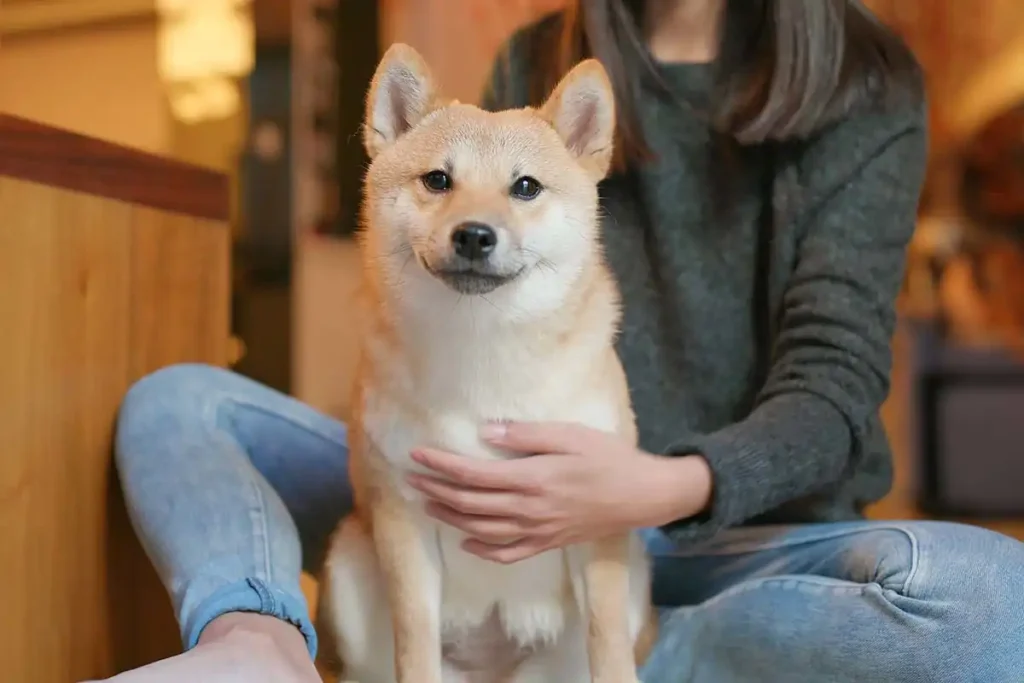
As introduced earlier, Shiba Inu’s independent character often shows their stubbornness, which makes people “love them and hate them”, and is also the reason why many owners think it is difficult to keep them.
Besides that, what else should you pay attention to before keeping a Shiba Inu? Read on and don’t let yourself regret it!
Possibility of Regret 1. Aggressiveness
Shiba Inu’s “alertness” may cause them to become “aggressive”, so be sure to keep your Shiba Inu on a leash when you go out.
With inadequate socialization, Shiba Inu may get into conflict with other dogs.
Therefore, owners can socialize their Shiba Inu puppies so that they can get used to being around other animals and learn proper social behaviors.
Possibility of Regret 2. High Exercise Requirements
The Shiba Inu was originally bred to be a “hunting dog” and despite its small size, it has an amazing “athletic ability”, which means that it needs a “lot” of exercise.
Walks should be at least 2-3 times a day, with enough “time” for them to expend their “energy” each time, otherwise they may become bored and exhibit problematic behaviors.
Therefore, if owners fail to provide Shiba Inu with enough space and time to move around, they may encounter difficulties in keeping them, so please make a careful assessment before keeping them.
Possibility of regret 3. High hair loss
The Shiba Inu’s fur may look short, but they are known for shedding a lot of hair!
Owners who suffer from severe allergies may want to carefully consider whether or not Shiba Inu is a suitable breed.
Shiba Inu’s usually go through a massive “moult” twice a year, usually lasting between 3 and 6 weeks.
This may require more “frequent” and “diligent” coat care, including brushing and regular cleaning.
How can I adopt a Shiba Inu?
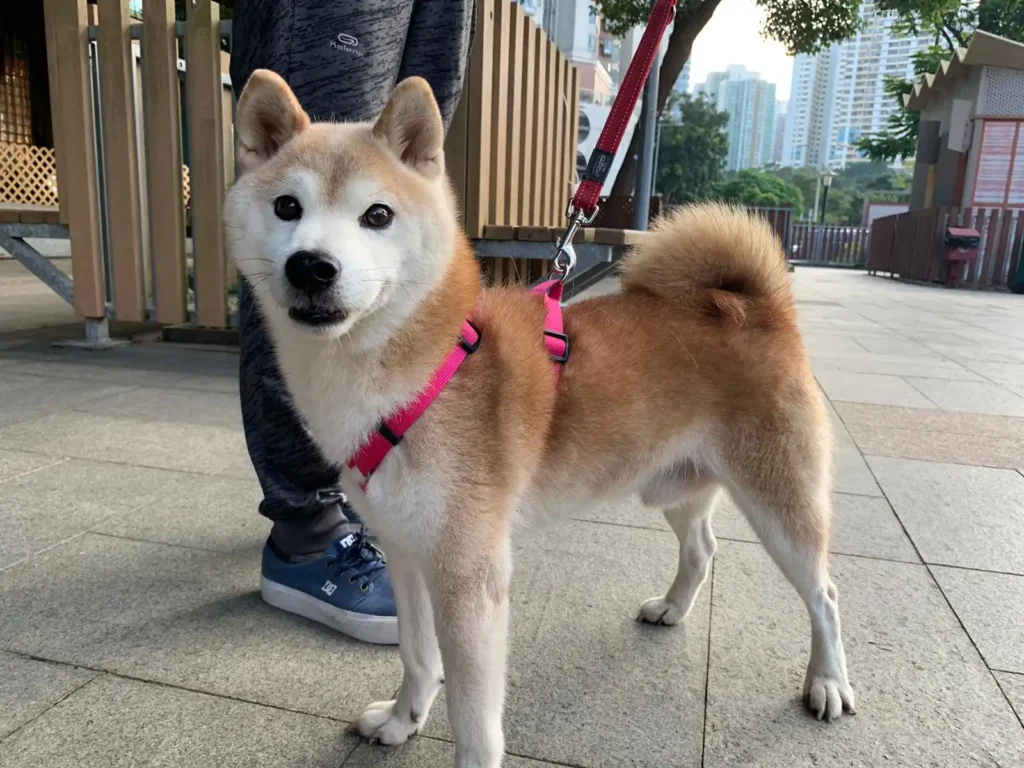
If I have decided to adopt a Shiba Inu after knowing the basic personality and characteristics of the Shiba Inu and evaluating the breeding conditions, what organizations can I use to adopt a Shiba Inu?
Animal shelters: There are animal shelters in every county and city, and they usually have dogs that need to be adopted. You can find out if there are pets available for adoption at your local animal shelter and follow their adoption procedures.
Animal Rescue Organizations: There are many animal rescue organizations that specialize in rescuing, sheltering, and adopting dogs from the streets, including Shiba Inus. These organizations often have websites or social media pages online that provide information about adopting Shiba Inu.
Online social media: Online platforms, social media, etc., such as Facebook groups, Instagram, and websites (Taiwan Adoption Map, Global Animal Shelter Management System, etc.) often post information about Shiba Inu puppies in need of adoption.
Pet adoption events: You can pay more attention to adoption events where you can interact with Shiba Inu and consider adopting, which are often organized by animal lovers and rescue organizations.
Veterinary clinics: Some veterinary clinics may cooperate or offer adoption services, so ask your local veterinary clinic if they have Shiba Inu available for adoption.
Whichever way you choose to adopt, it is important to follow the adoption process and take responsibility for their care. I believe you are mentally prepared to adopt!
Are Shiba Inu and Akita related by blood? What is the difference between a Shiba Inu and an Akita?
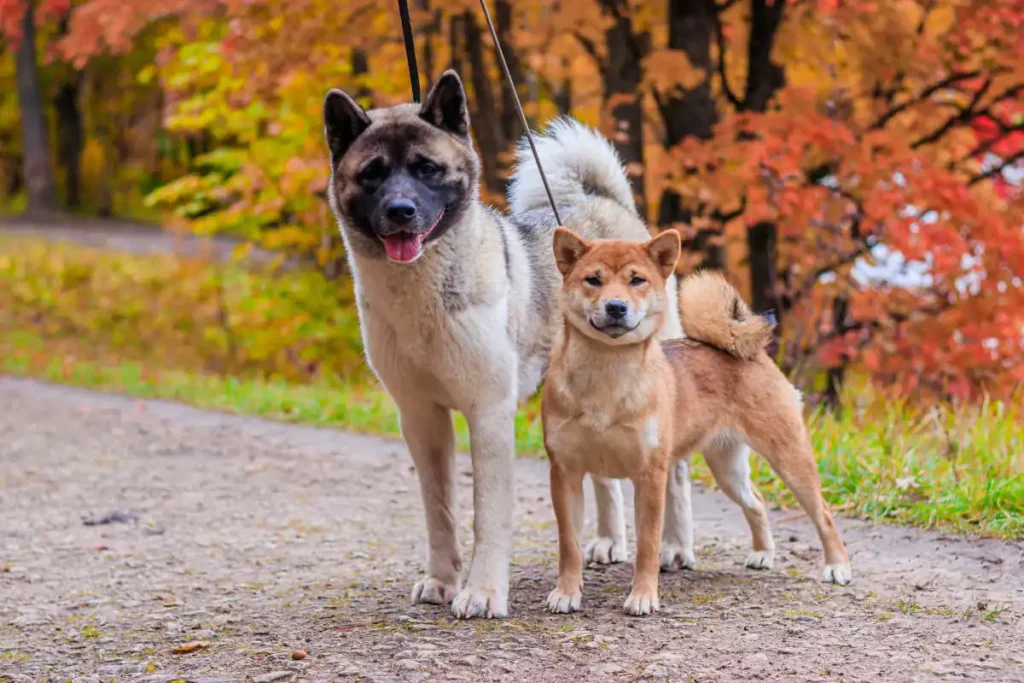
“What is the difference between a Shiba Inu and an Akita? Many people are confused because although both dogs come from Japan, they are not related at all.
If you put them together, you can clearly feel the difference in their “appearance”. Here is how to tell the difference between a Shiba Inu and an Akita Inu.
Comparison table of Shiba Inu and Akita appearance
| Difference | Shiba Inu | Akita |
| Body Type | Small | Big |
| Weight | 7.7 ~ 10.4 kg | 32 kg or more |
| Height | 33 ~ 43 cm | 61 ~ 67 cm |
| Hairs | Short and flattering | Thick and fluffy |
| Face | The face is evenly distributed with thin ears | Round face with thicker ears |
| Tails | curly tail | Curly and thick tail |
The Shiba Inu is a medium-sized dog and the Akita Inu is a large-sized dog, and basically there is a significant difference in “height” and “weight”.
Differences between Shiba Inu and Akita
The Akita’s ancestors were born from the mating of local dogs and hounds in Akita Prefecture in northeastern Japan.
The Akita has a more “cold-resistant” coat, looks fluffier, and has a rounder face.
But don’t look at the Akita as a simple dog, in the early days it was a hunting and fighting dog with a very brave, loyal and intelligent personality.
However, it is important to note that the Akita has a strong sense of territoriality, plus large dogs need more space to move around than Shiba Inus, and the amount of exercise is relatively high!
Both breeds are unique in their personalities and characteristics, so when choosing one, consider your family and lifestyle before selecting the breed that best suits your needs.
Physical and Health Problems of Shiba Inu
What are some of the health issues you may encounter when owning a Shiba Inu? The following will help you better understand what you should be aware of before getting a Shiba Inu.
1, Gastrointestinal sensitivities: Shiba Inus are more “sensitive” than other dogs and may experience vomiting and diarrhea. Shiba Inus may have food allergies and it is recommended that you keep a record of your dog’s diet, consult your veterinarian, and conduct a food exclusion test.
2, Joint problems: Shiba Inu may have “hereditary problems” such as anomalous knees and hip dysplasia, which in turn affects mobility. If there is any leg discomfort, consult a veterinarian for diagnosis and treatment as soon as possible.
3, Skin Disease: Taiwan’s humid climate, coupled with the Shiba Inu’s “two layers of hair”, can cause skin problems, but it can also be caused by dust, certain foods, etc. Since there are many factors that can cause skin disease, it is recommended that early testing be done to find out where the problem lies.
Care of Shiba Inu: How to teach? How to Raise a Shiba Inu
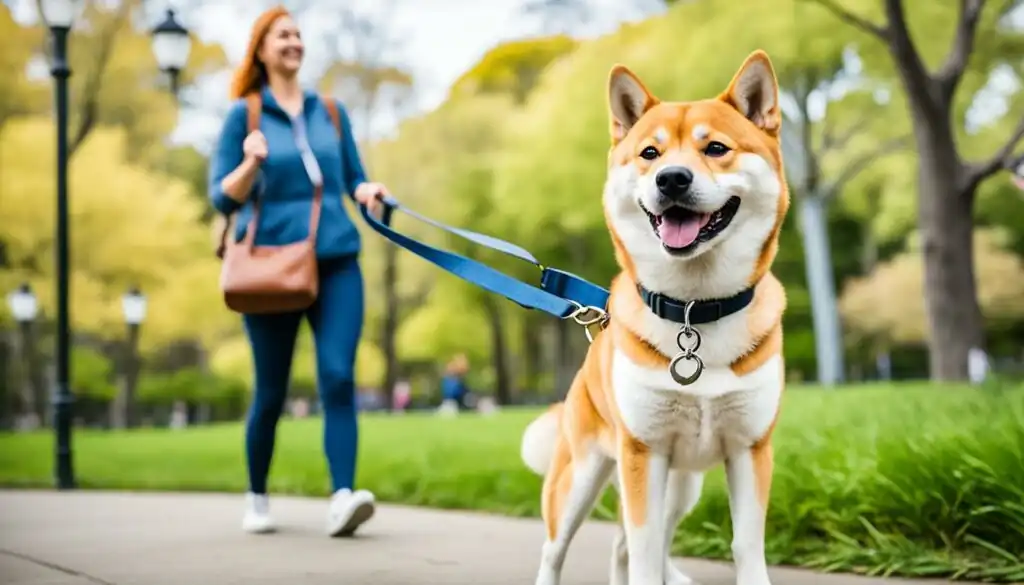
Shiba Inu’s cute and cuddly demeanor is what many people want in a pet, but raising a Shiba Inu isn’t as easy as one might think, and owners need more patience to train their Shiba Inu puppies.
Point 1: Training starts at a young age, and owners need to be patient.
Shiba Inus are known for their stubbornness, and sometimes they are not very trainable, as they can be very uncaring.
Therefore, Shiba Inu owners need positive training, patience, and most importantly, education that starts at a young age for better results!
Below are a few key points for Shiba Inu training:
1. Start at a young age: The most suitable age for training is 3 ~ 6 months. When the Shiba Inu is a puppy, it is important to establish firm principles and norms, and to make rewards and punishments clear.
In addition, training socialized Shiba Inu puppies from an early age and exposing them to people and other dogs will help reduce their sensitivity to strangers and dogs, and minimize the emergence of aggressive behaviors.
2. Reward training: To capture the heart of a proud Shiba Inu, it is necessary to give positive rewards and encouragement every time the training is successful, so that the Shiba Inu will complete the training automatically and spontaneously.
3. Gluttony: The Shiba Inu is a playful and gluttonous dog, which is why rewards after training are “attractive” to them!
4. Burn calories: If your Shiba Inu is not interested in snacks, you can walk and play with your Shiba Inu to help him burn calories, increase his “desire” for food, and increase his willingness to train.
5. Maintain patience: Maintain the training habit on a regular daily basis. Owners should have patience, and the Shiba Inu will learn very quickly if they are “persistent”!
6. Stop training: When the Shiba Inu is tired, anxious or the training is too “intensive”, it is recommended to suspend the training first and engage in other activities. Habits take time to develop, so owners should not be too hasty.
Point 2:Regular grooming of the Shiba Inu’s coat
Although the Shiba Inu’s hair is short, it is very good at “shedding”. In addition to regular weekly combing of the Shiba Inu’s hair, regular bathing of the Shiba Inu once every 2-3 weeks can also help to rinse out the hair and minimize the problem of hair loss.
Point 3: Weight management and regular walks
If you encounter Shiba Inu that is too greedy for food, you have to pay attention to the amount of snacks and the amount of “snacks” you give them during training.
If the Shiba Inu has already been trained with snacks, it is recommended that the Shiba Inu not be provided with snacks for the rest of the training period.
This will prevent the Shiba Inu from thinking that there are no principles and that they can have treats just because they are pampered, and it will also prevent the problem of “obesity” that accumulates over a long period of time.
In addition, Shiba Inu is very energetic and needs a lot of activity. It is recommended that Shiba Inu be taken for walks or jogs on a regular basis every day, and be sure to use a leash to prevent them from getting lost and from biting other dogs!
